In the highly competitive world of online hospitality, mastering the art of OTA listings is not just an advantage—it’s a necessity. With most travelers making their accommodation decisions based on OTA rankings and reviews, understanding how to climb these ranks and convert interest into bookings is the key to success. Your OTA listing can distinguish between a filled room and one that remains empty.
8 Essential Tips to Help You Improve OTA Conversion Rates
But you’re probably asking yourself: “How can I ensure my property not only gets seen but also that guests choose my property out of the many hotels in my destination?”
The answer lies in a strategic approach that combines market insight, consumer psychology, and data-driven decision-making. Here are 8 strategies to ensure your property stands out from the competition and gets more bookings.
1. Get Higher on the Page
Did you know that “75% of traffic goes to the first 15 hotels on the Expedia results page“? This stat shows how important your OTA search results ranking is in optimizing your property’s visibility and appeal to potential guests. Three key ways to boost your OTA search engine ranking are advertising, organic search, and price adjustments.
Advertising
Paid advertising on OTAs can significantly increase your property’s visibility. By becoming a “top pick,” the acquisition cost will be around 5% more, but it can be a worthwhile investment if it results in 20% more bookings and your property isn’t at 100% occupancy. It’s very important to monitor the ROI closely to ensure that the increased spending is justified by the revenue generated.
Organic Search
OTAs prioritize properties with high conversion rates, meaning the properties that get booked frequently relative to how often they are viewed. To enhance organic search rankings, ensure that your property’s OTA profile features high-quality content, accurate and appealing descriptions, and up-to-date information.
Price adjustments
OTAs favor properties that adjust their prices frequently to stay in line with the market demand. If your prices are too high in a period of low demand, your property will not get any views from OTA visitors (and no views impact your ranking). Still, if your prices are too low, your rooms will sell too cheaply, impacting your bottom line and the total commission paid to the OTA. Keeping your prices in line with market demand and considering your property-specific figures, like occupancy, will benefit your profitability and keep your listing higher ranked.
Unfortunately, it’s not as clear-cut as updating your content and pricing: the OTAs also take a longer-term view in determining which hotels to feature. They want hotels to offer as much booking capacity as possible on their website, so the more inventory you give them, the higher your property’s position on the search engine results page will be.
As such, if you are not busy on a given day/date range, we suggest offering all your rooms to the OTAs to improve your page ranking. There is an exception to this rule: if you are a city hotel in a large tourist city, this strategy wouldn’t be the best for you.
Here’s why: if you offer too much of your inventory at a low price (as a strategy to increase your page ranking and occupancy) and then a last-minute event is announced, you risk selling all your rooms too cheaply (with a high acquisition cost). If you are a city hotel in a prominent tourist destination, we recommend balancing your inventory on the OTAs and the direct channel to reduce risk.
2. Provide High-Quality Photos
The content on your OTA listings should be designed to convert lookers into bookers. High-resolution images and virtual tours that showcase the property’s amenities and unique characteristics can significantly impact a potential guest’s booking decision. Potential guests want photos of everything because they want to be able to picture themselves enjoying their vacation at your property. They want to feel emotionally connected to the experience when they look at your photos. Please take pictures of all the best areas of your property, including your rooms, bathrooms, common areas, the pool, the restaurants (and the delicious food they offer), and any other places you think will excite your guests to stay with you. Close-up stylistic pictures of, e.g., a bucket of champagne or flowers don’t add much value since they don’t show anything specific about the room or facilities.
Tip: did you know photos of your bathroom can make or break the booking opportunity? “60% of travelers rank bathroom images as important” so ensure your bathroom photos are taken from the best possible angle and show as much detail as possible.
3. Use Clear & Factual Descriptions
The written content of your OTA listings should use rich, descriptive, and straightforward language. It should highlight the key benefits of staying at your property. Avoid flowery language and focus on providing potential guests with the information they need to make an informed booking decision.
4. Highlight Your Features & Amenities
A standard error hoteliers make is listing only some of the features and amenities offered by their hotels in their OTA listing. This often happens because the hoteliers don’t know which matters to potential guests. There’s a straightforward way to determine which amenities and features guests love most at your property: go through your online reviews to see which are most complimented. Once you know which features and amenities are your guests’ favorites, highlight the most popular ones on your OTA listings.
5. Manage Your OTA Availability Strategically
The basic rule to manage OTA availability is this: give as much availability as possible to the OTAs if you’re not likely to be fully booked (as they reward you for sharing your inventory), but limit availability when OTA sales will limit your direct sales.
You may wish to restrict OTA supply during busy seasons to sell more of your rooms to customers through direct channels (i.e., phone or website), decreasing the acquisition cost and boosting your profit.
The optimal way of managing room demand is through price. If your property is so busy that you will be at 100% occupancy without the OTAs, increase your room rate to increase ADR and RevPAR.
The exception to this “rule” would be when demand is very high for a concert or other local event; in this case, you wouldn’t want to charge too much because you might discourage your regular guests from booking. In this case, you can control demand by other means, such as adding a minimum length of stay requirement or only selling directly; both options will increase your revenue without raising your rates.
In short, if you set your pricing right, there is no reason not to list your rooms on the OTAs, except under exceptional circumstances.
6. Diversify Your OTA Presence
Maintaining your presence on more OTAs requires more work, including setting up your profile and updating your content and photos on all the sites whenever anything changes at your hotel. Include a channel manager in your basic tech stack because the solution will make it relatively straightforward, on a day-to-day basis, to be listed on as many channels as you’d like without causing extra work or added headaches.
Being on the OTAs gives you additional reach and the benefit of the billboard effect; therefore, the more OTAs you are listed on, the more people who will see your rooms and the better chance that you will have to convert the sale (either through the OTAs or direct). Evaluate each channel’s performance on an ongoing basis. If you aren’t converting bookings on a particular OTA, you can remove your inventory from the site and reallocate it to a more profitable channel.
7. Plan Your Availability
You should be making your rooms available at least twelve months in advance across all online channels for two main reasons:
- The more availability you allocate to the OTAs, the higher your property will be ranked in the search results, both in the short- and long term.
- If your property is not listed when potential guests want to book, you won’t get any bookings.
Even if you get very few reservations made 11 months in advance, there is still no harm in being available to accept bookings.
8. Engage with Guest Reviews
According to a report by Expedia, “91% of travelers say that hotels should be responding to negative reviews and that those responses improve their impressions of your hotel.” Actively respond to all reviews, positive or negative. This engagement not only improves guest impressions but also influences OTA rankings. When you respond to negative reviews, accept the guest’s criticism and share what you will do to address/solve the problem. Don’t be defensive, and never attack the guest.
Responding to all reviews gives potential guests the impression that they will be better cared for, and in reading non-defensive responses to negative reviews, the impact of the negative review on their decision-making is softened or even eliminated.
Conclusion
In a constantly changing hospitality landscape, staying ahead of the curve is not just about filling rooms; you should also focus on maximizing the revenue earned on each booking to contribute to a healthier bottom line. By implementing these strategies, you can enhance your property’s presence on OTAs, attract more guests, and ultimately increase your revenue.
Revenue management is a critical component in maximizing your hotel’s revenue. Using manual pricing tactics or an automated pricing system like RoomPriceGenie, which automatically maximizes your revenue based on market demand, pricing is the key to more revenue.
The power to supercharge your hotel’s revenue is in your hands. Now, you must decide: What will you do with this power?
Free Ebook: 49 Tips to Supercharge Your Hotels Revenue
This free ebook consists of 73 pages with 49 tips to supercharge your hotel’s revenue. It has been expertly curated to help small hotels make the most of the online marketing, distribution, sales, and revenue management opportunities.
Click here to download the ebook “49 Tips to Supercharge Your Hotels Revenue”.

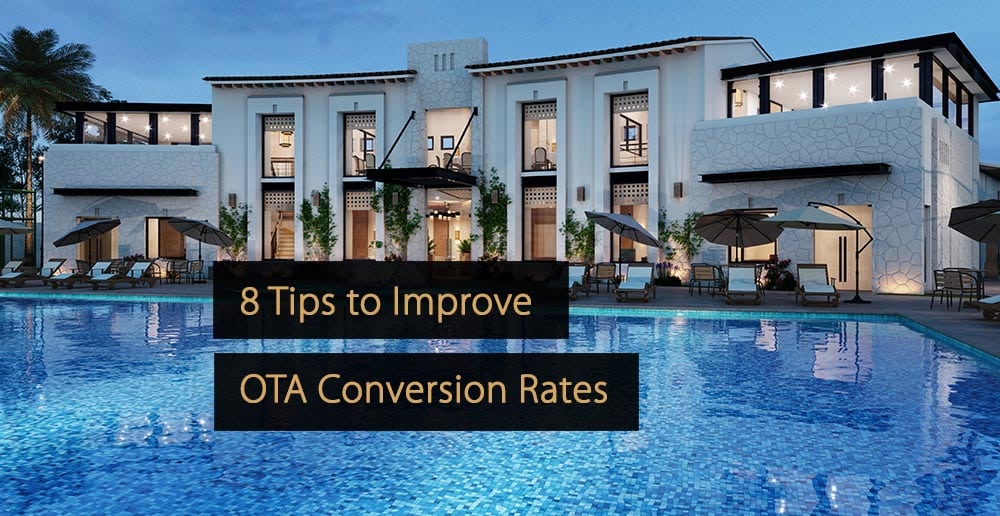


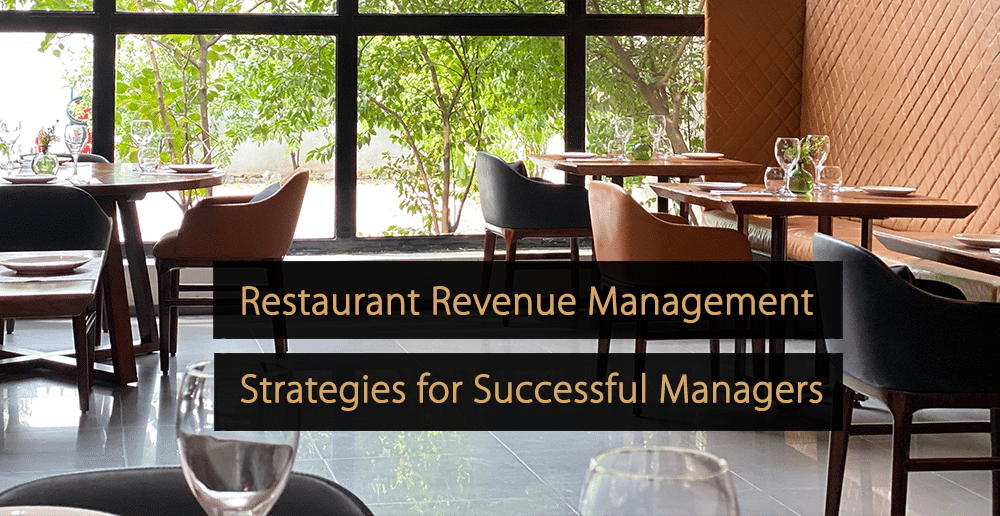
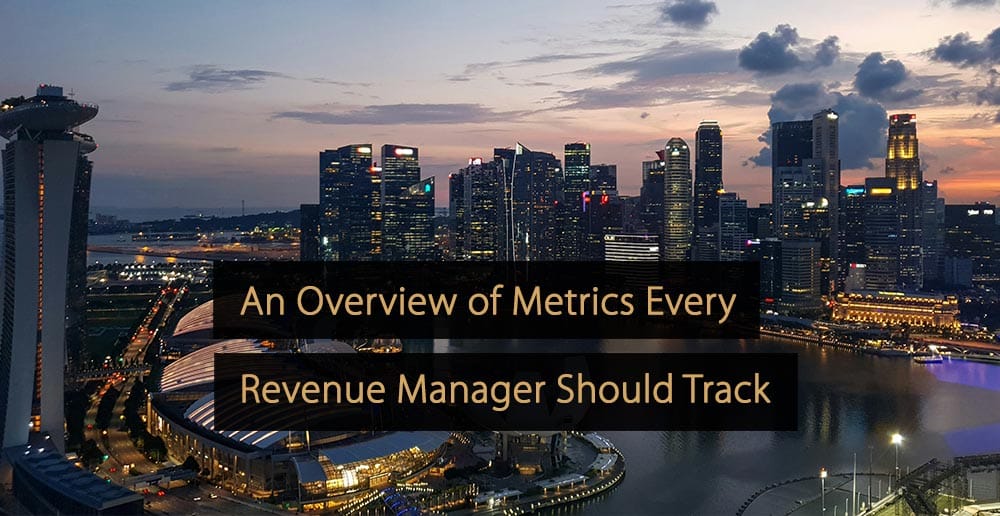
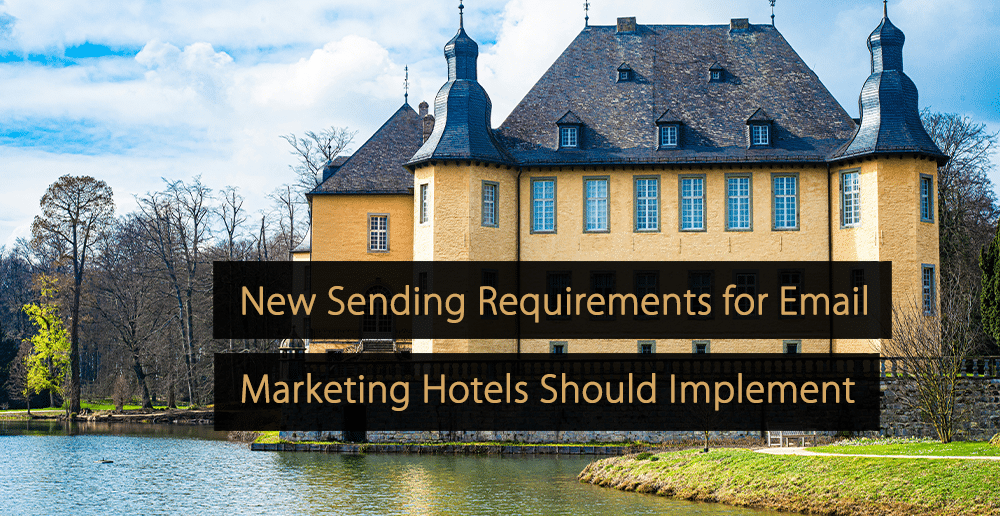
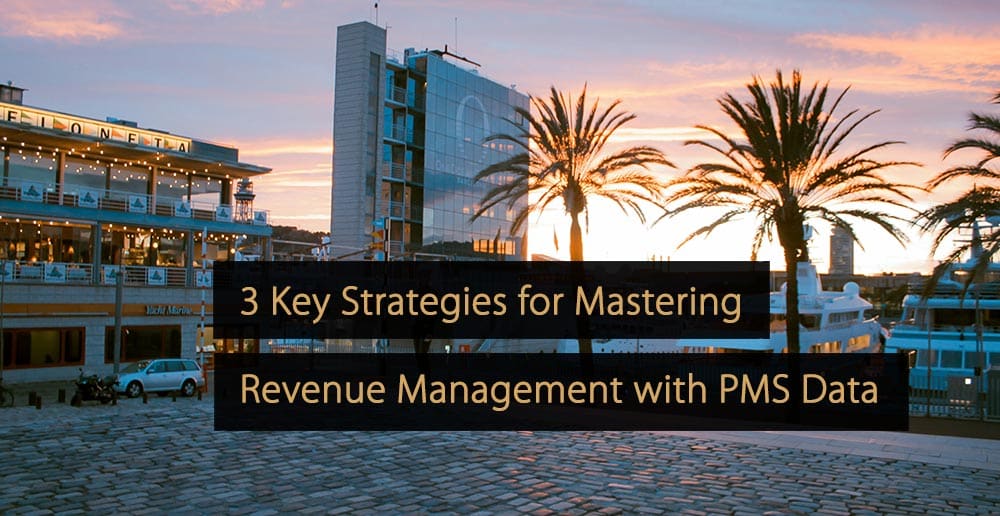
Leave A Comment